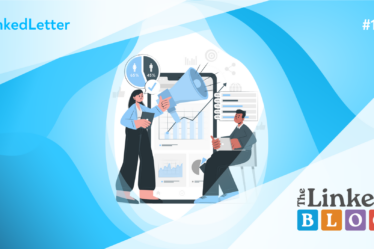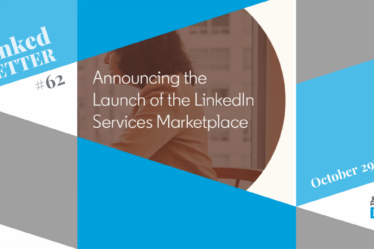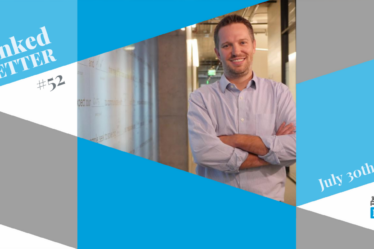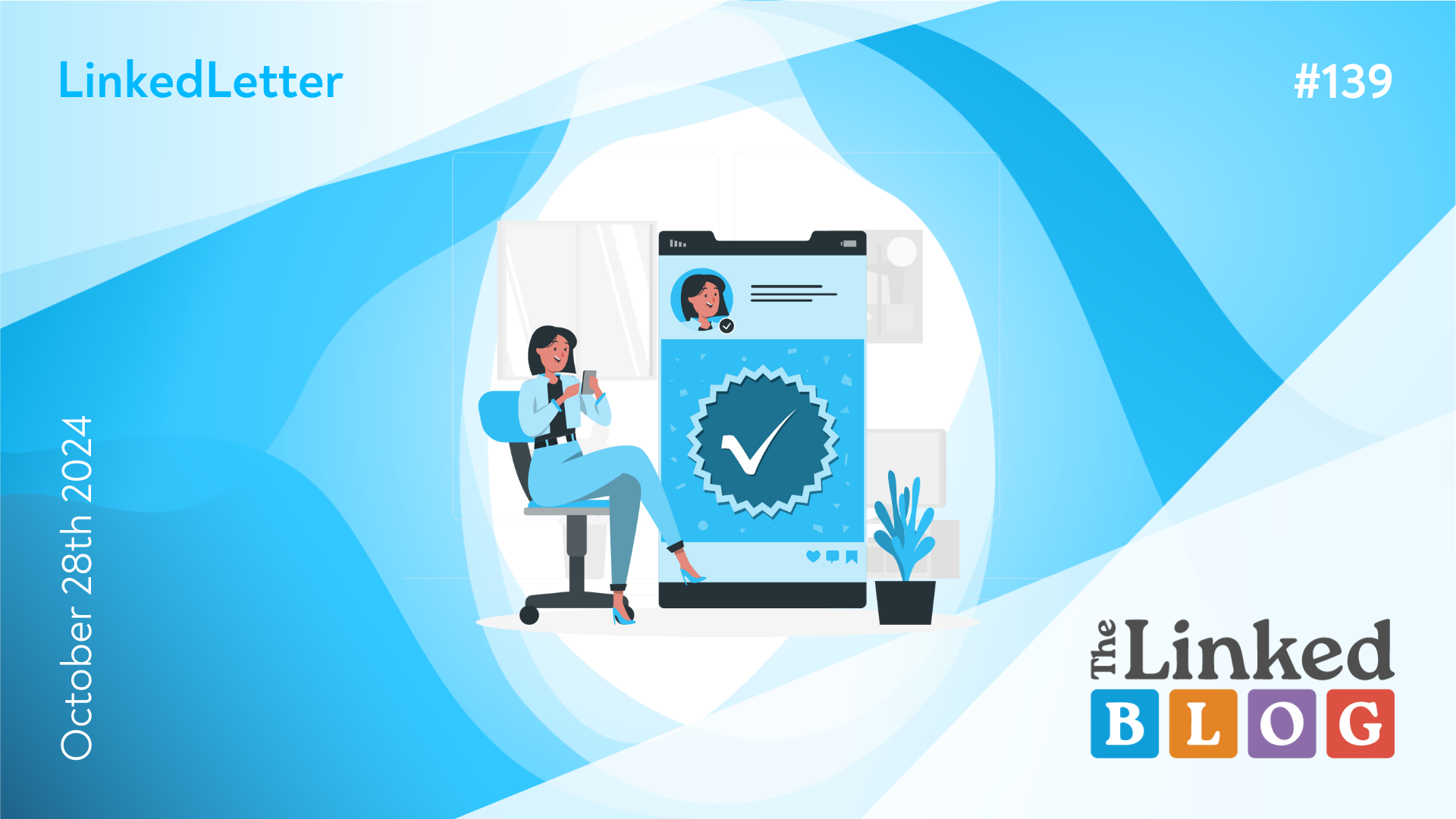
This past month has been a tumultuous one for the platform. Its GDPR violations have resulted in a major fine. At the same time, it has released its EU users report – once again thanks to European transparency laws. It’s not only gloom though – DoubleVerify expands to cover ads on the platforms, amidst effort from LinkedIn’s side for both less misinformation, as well as bigger GenZ engagement. Want all the details? Then read below!
LinkedIn Fined over 300 million USD for GDPR Violations
LinkedIn has been fined €310 million (approximately $335 million) by Ireland’s Data Protection Commission (DPC) due to privacy violations related to its targeted advertising practices. The DPC found LinkedIn in breach of GDPR standards, particularly concerning lawfulness, fairness, and transparency in its data processing for behavioral ads. LinkedIn’s claims of “consent,” “legitimate interests,” and “contractual necessity” as legal bases for tracking and profiling users were deemed invalid under GDPR.

Source: FreePik
Following the sanction, LinkedIn has three months to align its European operations with GDPR. LinkedIn spokesperson Jonny Wing referenced a company statement, saying, “Today the Irish Data Protection Commission (IDPC) reached a final decision on claims from 2018 about some of our digital advertising efforts in the EU. While we believe we have been in compliance with the General Data Protection Regulation (GDPR), we are working to ensure our ad practices meet this decision by the IDPC’s deadline.”
DoubleVerify Expands Independent Measurement to LinkedIn Video Ads
While the professional platform may be experiencing negative drawbacks because of its unclear data processing its influence on the professional world is undeniable. DoubleVerify, a company specializing in independent media quality assessment, has extended its ad measurement capabilities to cover LinkedIn’s premium video ads. This expansion allows LinkedIn advertisers to obtain an independent evaluation of their video ad performance, focusing on factors like placement, viewability, and protection from invalid traffic (IVT).
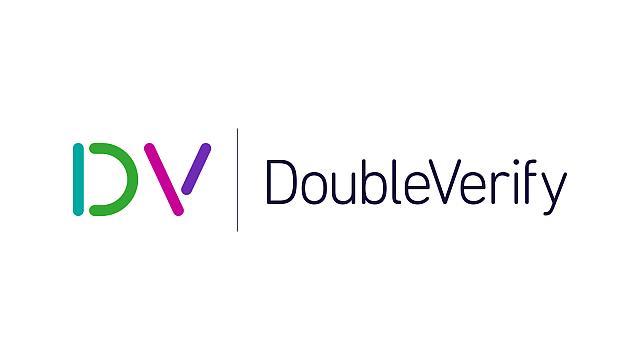
Source: DoubleVerify
This is particularly valuable as LinkedIn has reported rapid growth in video content, with a 34% year-over-year increase in uploads. With LinkedIn increasingly promoting video content via in-feed carousels and a dedicated video tab, the platform’s video ads are becoming more attractive for advertisers. DoubleVerify’s tools, available through the DV Pinnacle platform, enable marketers to monitor, optimize, and validate their LinkedIn video campaigns, enhancing the overall transparency and effectiveness of LinkedIn’s advertising ecosystem.
Unexpected Follower Drops Spark Speculation of LinkedIn Account Purge
It’s been ups and downs for LinkedIn these past few weeks. On October 17th LinkedIn users noticed significant drops in their follower counts, with some losing hundreds of followers without explanation. This led to widespread speculation that LinkedIn was conducting a purge of fake, inactive, or duplicate accounts. Users shared theories and some even offered services to prevent account “bans.” However, LinkedIn later addressed the situation, confirming it had “resolved” the issue without providing a specific reason.
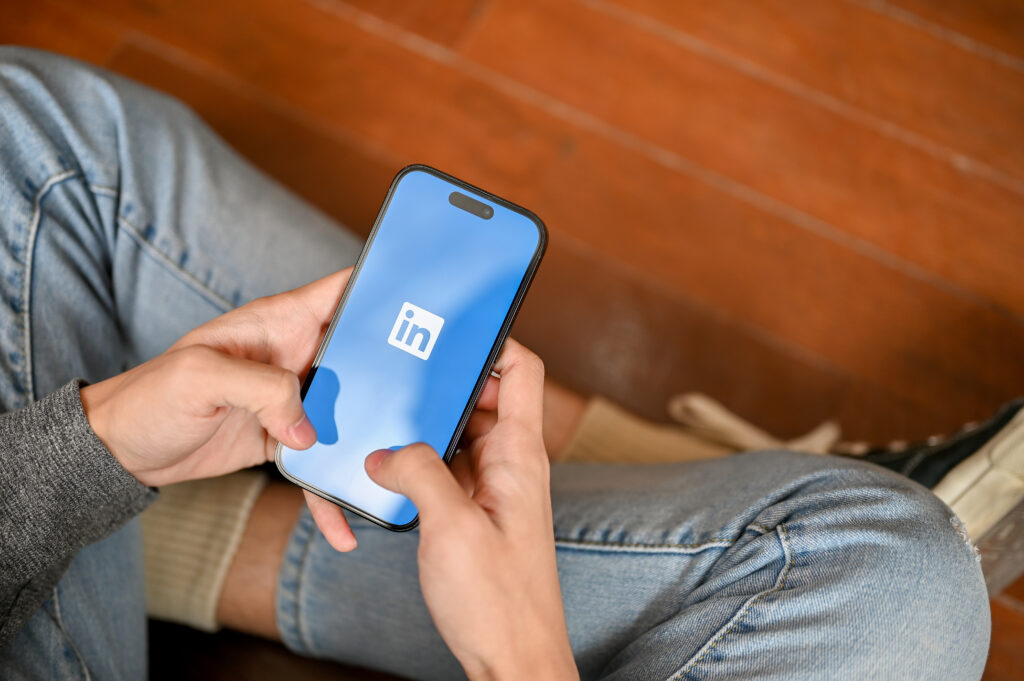
Source: FreePik
In a post on X, LinkedIn stated, “We heard some members may have seen a change in their connection and follower count. Our team quickly looked into this. We’re happy to report this has now been resolved.” The company also updated its Status page, marking the issue as resolved by 1 p.m. ET. The incident drew parallels to similar account purges on other social platforms, though LinkedIn did not confirm any such action, leaving users with lingering questions about the cause.
LinkedIn Releases EU User Data Estimates Under Digital Services Act
LinkedIn’s performance reporting has been criticized for lacking transparency and providing limited context for its metrics since its acquisition by Microsoft in 2016. While LinkedIn frequently touts “record engagement” and shows metrics like post views or total members (now over 1 billion), it doesn’t provide important details like how engagement compares to other users or how many are active users versus passive members.
Source: LinkedIn
A key example is LinkedIn’s EU user data, which it reports semi-annually under the Digital Services Act. Recent figures show that LinkedIn has 51.9 million logged-in monthly users in the EU, representing only 28% of its 184 million European members. This hints at broader trends, where estimates suggest that LinkedIn has between 280 to 400 million monthly active users globally, much lower than its billion-member figure.
For advertisers and marketers, this lower active user base might lead to a reevaluation of LinkedIn’s reach. However, LinkedIn’s audience remains highly unique and valuable, with the real measure of success being individual ad and content performance within the platform. In conclusion, while LinkedIn promotes high membership numbers, actual active user data is much smaller, providing critical context for those planning to use the platform for marketing.
LinkedIn launches “Know-How That Sticks” campaign
Despite LinkedIn’s criticisms for lacking transparency in its performance metrics and active user data, the platform’s new “Know-How That Sticks” campaign seeks to address engagement issues by leveraging the growing demand for video content, particularly among Gen Z, to boost interaction and provide more meaningful insights for professionals.This initiative responds to the growing demand for video content on LinkedIn, which has seen a 34% rise in video uploads since 2017, resulting in 40% more engagement compared to traditional posts.
This initiative responds to the growing demand for video content on LinkedIn, which has seen a 34% rise in video uploads since 2017, resulting in 40% more engagement compared to traditional posts.
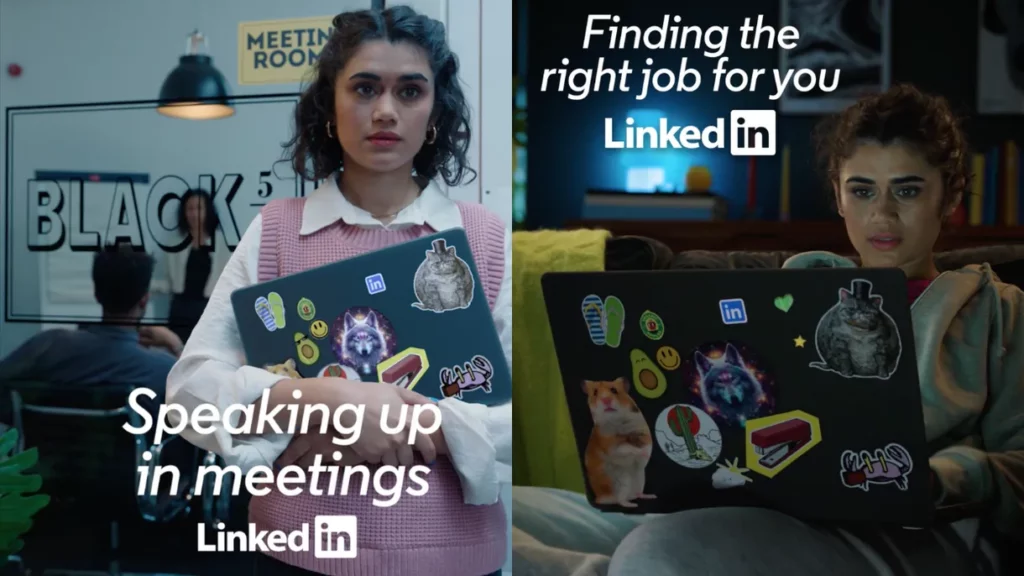
Source: LinkedIn
The campaign features influencers like Patrick Quinton-Smith and Shola West, offering practical advice to young professionals, while humorous stickers represent the often overwhelming unsolicited career guidance Gen Z receives. LinkedIn’s goal is to help young job seekers access actionable advice from credible sources, ensuring they get “the right know-how from the right people.”
LinkedIn’s Free Verification Efforts Combat AI-Driven Misinformation
While LinkedIn’s “Know-How That Sticks” campaign aims to engage Gen Z by offering tailored career advice through video content and influencers, the platform is also actively addressing concerns around misinformation and fake profiles. Through its free verification service, LinkedIn ensures the authenticity of over 55 million users, contrasting with competitors like X and Meta that charge for similar features. This dual approach – enhancing engagement with video content and ensuring user authenticity – positions LinkedIn as a trusted platform for both professional growth and secure networking.
Unlike competitors such as X (formerly Twitter) and Meta, which charge users for verification, LinkedIn offers the service for free, using a two-fold approach: corporate email verification for employees at select companies and government ID verification in partnership with organizations like Clear, Persona, and India’s DigiLocker.
LinkedIn’s move to verify users started in April 2023, aims to combat challenges posed by deepfakes and AI-generated content, which blur the line between authentic and fake online identities. According to Oscar Rodriguez, LinkedIn’s VP of Trust and Safety, AI-generated content makes it harder to identify fake profiles and misinformation, making verification essential to maintaining trust on the platform.

Source: CNBC via LinkedIn
In addition to verifying individuals, LinkedIn also verifies job listings and company pages to ensure authenticity across the platform. Verified profiles receive tangible benefits, including increased visibility and engagement. As LinkedIn aims to have 100 million verified users by 2025, this step reinforces its commitment to building a trusted community in the evolving digital landscape.
This proactive stance sets LinkedIn apart in an era where misinformation and scams are on the rise, showing how verification can play a crucial role in maintaining authenticity in the professional networking space.
The Linked Blog is here to help you or your brand have the best possible LinkedIn presence, so feel free to contact us if you need help! See more about what we can do for you here.

